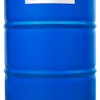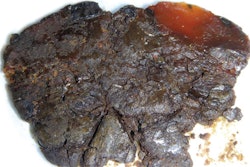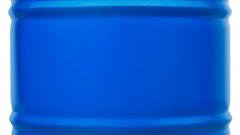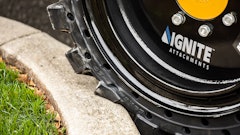
Article originally published on Noria.com
The effective use of special additives or conditioners depends entirely on the application in which they are used. For example, graphite and molybdenum disulfide (often called moly) are referred to as solid lubricants.
Graphite is most effective when utilized as an anti‑seize compound, grease additive or in bearing applications in the presence of moisture. Moly is best used as a solid lubricant that is applied by special processes where the lubricant is impregnated into the surfaces of the metal parts.
Some unique lubricant conditioners are available that can improve existing quality oils. These conditioners are produced by blending a compatible base oil with a combination of compatible additives, such as a viscosity-index improver, antioxidant, anti‑wear/extreme-pressure agent, corrosion inhibitor and detergent alkalinity additive.
In cold climates where the poor flow characteristics of many hydraulic oils in temperatures below zero are a problem, a lubricant conditioner can help to overcome this difficulty. This type of conditioner is manufactured by blending an oil with a natural high viscosity index with a pour-point depressant and anti‑wear package that is proven compatible with hydraulic oils.
Read the original lubricant conditioner article from Noria.com.


















